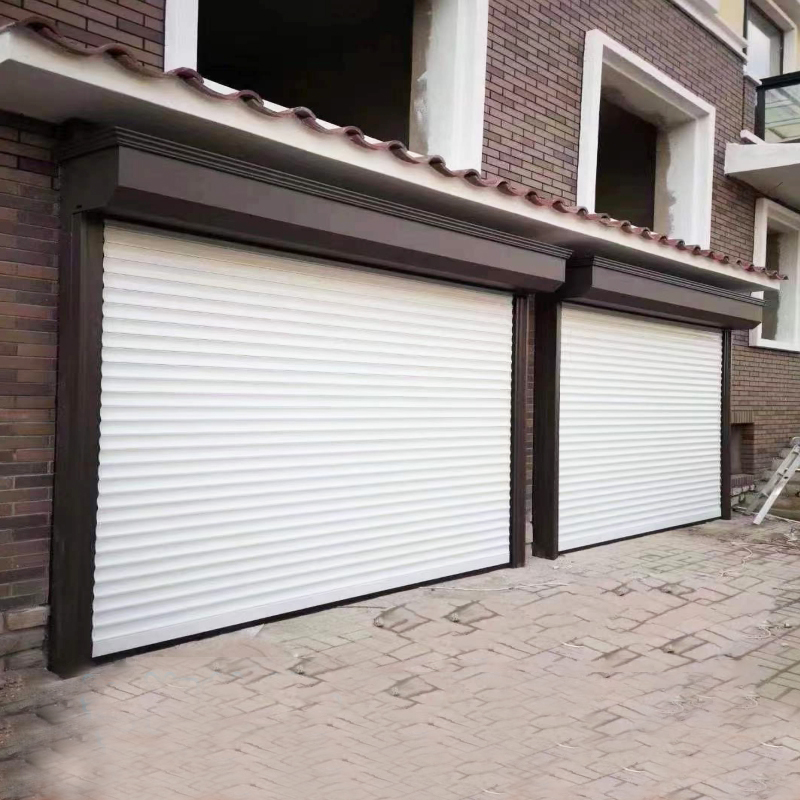As winter approaches, it’s important to make sure your home is prepared to withstand the cold temperatures. Sliding doors are an often overlooked area. Without proper insulation, sliding doors can let cold drafts in, causing your heating bills to skyrocket. In this blog post, we’ll discuss some effective ways to seal your sliding doors during the winter months to keep your home warm and cozy.
Weatherstripping: One of the most common and effective ways to seal your sliding door in the winter is with weatherstripping. Weatherstripping is a flexible material that can be installed around the edge of a door to create a tight seal. It comes in a variety of sizes and materials, such as foam, rubber, or vinyl, and can be easily cut to fit the size of your door. Simply apply weather stripping to the door frame, making sure to cover any gaps or cracks where cold air could seep in.
Door Sweep: Another useful tool for sealing your sliding doors in the winter is a door sweep. This is a strip of material attached to the bottom of the door, usually made of rubber or vinyl. When the door is closed, the door sweeps against the threshold, preventing cold air from entering underneath. Door sweeps are easy to install and greatly reduce airflow and energy loss.
Insulated curtains or curtains: In addition to using a physical barrier to seal your sliding doors during the winter, you may also consider using insulated curtains or curtains. They are designed to provide an extra layer of insulation, helping to trap heat inside and keep out cold air. Look for curtains or curtains lined with a thermal material like wool or flannel, and make sure they cover the entire length of the door. When closed, they can play a big role in keeping your home warm during the winter months.
Shrink Film Window Kits: If your sliding door has large panes of glass, you may want to consider a shrink film window kit. These kits include clear plastic film that is secured to the window frame with double-sided tape. When heated with a hair dryer, the film shrinks and tightens, creating a transparent barrier that helps insulate heat and prevent drafts. This is a cost-effective solution for improving the energy efficiency of your sliding doors.
Silicone caulk: Finally, for any small cracks or gaps around your door frame, consider sealing them with silicone caulk. This is a simple and affordable way to fill any area where cold air might be entering. Apply caulk along the edges of the door frame and allow to dry and form a tight seal.
All in all, sealing your sliding doors in winter is crucial to keeping your home warm and energy efficient. By using weatherstripping, door sweeps, insulated curtains, shrink film window kits, and silicone caulk, you can effectively block cold drafts and maintain a comfortable indoor environment. With these tips, you can enjoy a comfortable and cozy home all winter long.
Post time: Dec-13-2023

